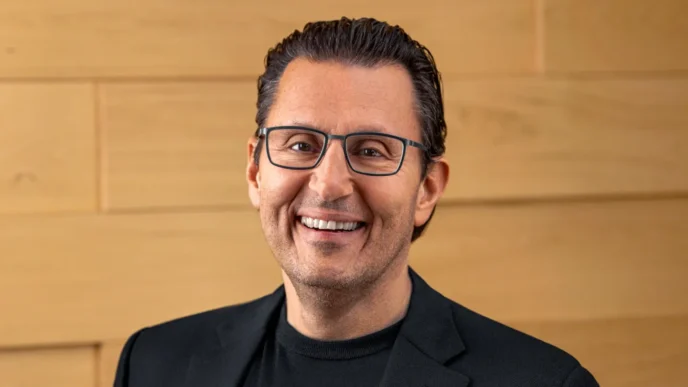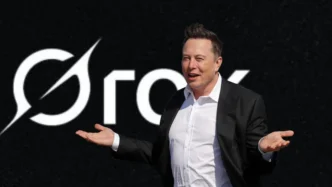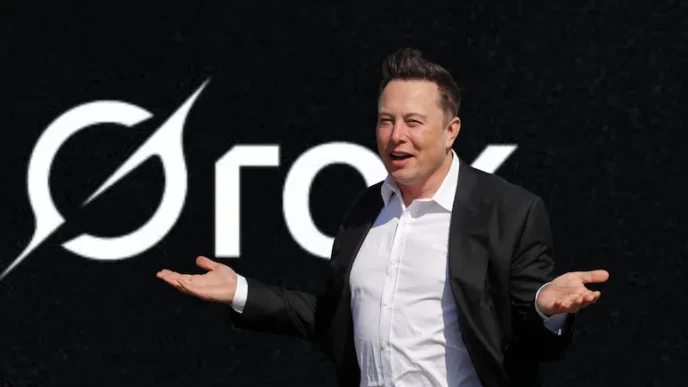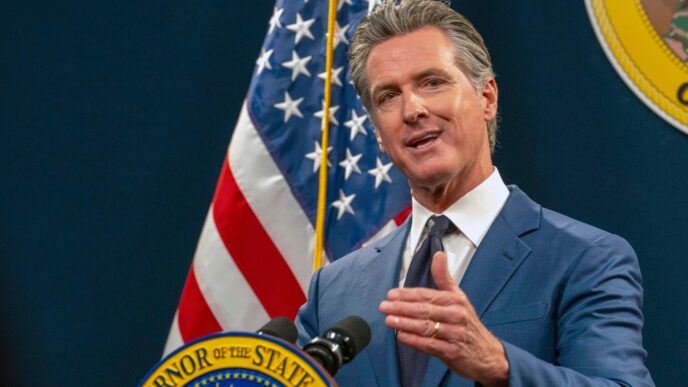TikTok is giving users a new level of control over the videos they see by letting them decide how much AI-generated content shows up in their “For You” feed. It’s a major shift for an app that built its identity around human creativity and user-generated moments. Now, as AI-driven videos sweep across every social platform, TikTok wants to put the power back in the viewer’s hands.
The new setting lives inside TikTok’s “Manage Topics” menu, the same place where people already adjust how often they see interests like sports, food, travel, or dance. TikTok says the new toggle works the same way, it helps shape the content mix you see, not eliminate entire categories. So if you still enjoy a bit of AI creativity here and there, you won’t lose it entirely. Instead, you can decide whether you want to see more or less of it.
The decision arrives at a time when AI video content is exploding. In recent months, Meta rolled out Vibes, an AI-only video feed, while OpenAI introduced Sora, a dedicated platform for creating and sharing hyper-realistic AI-generated clips. As creators and everyday users experiment more with AI tools, TikTok’s feed has naturally filled with AI visuals, from historical recreations and celebrity simulations to fictional scenes that feel strikingly real.
TikTok says this new control helps users personalize that shift. Some viewers are fascinated by AI-driven content, while others prefer traditional videos grounded in real-life storytelling. By letting people fine-tune how much AI appears, TikTok says it hopes to make the For You feed feel more balanced and intentional at a moment when AI creativity is evolving at high speed.
You’ll find the new feature by going to Settings, tapping “Content Preferences,” and opening “Manage Topics.” From there, you can adjust the AI-generated content slider just like you would with other interests. The company says the capability will roll out to everyone over the coming weeks.
While TikTok is giving users more control over what they consume, the platform is also strengthening how it identifies and labels AI-generated content behind the scenes. TikTok already requires creators to label realistic AI content, and it uses the Content Credentials system from C2PA, a cross-industry effort that embeds metadata into media files. This helps TikTok and participating platforms detect when something was made using AI tools.
However, metadata becomes unreliable when content is reuploaded or edited outside the platform. TikTok says this inconsistency is a growing issue, especially as viral content spreads across multiple apps. To address it, the company is introducing “invisible watermarking,” a new detection layer that only TikTok can read.
This watermark can’t be removed by third-party editing tools, making it harder for someone to strip an AI label from a video. TikTok will embed these invisible markers into any AI-generated content made using TikTok tools such as AI Editor Pro. They’ll also appear in content uploaded with C2PA’s Content Credentials.
The company says this two-layer system, public metadata plus a hidden watermark — will make its AI labeling more accurate and more difficult to tamper with. TikTok will continue reading C2PA metadata on any file uploaded to the platform and add its own invisible watermark when it identifies AI involvement.
Alongside these technical updates, TikTok is also launching a $2 million AI literacy fund. The company says the fund will support educational content that helps people understand how AI works, how to identify AI-generated visuals, and how to navigate digital spaces safely. Early partners include groups like Girls Who Code, who will create content aimed at teaching young users about AI’s capabilities and limitations.
TikTok’s move reflects a wider shift happening in social media. AI-generated video is becoming a dominant format, blurring the line between imagination and reality. Platforms are racing to introduce transparency tools, safety standards, and user controls before misinformation and deepfakes become harder to distinguish from authentic content.
With this update, TikTok positions itself somewhere between creative freedom and responsible innovation. Users get more choice. Creators get clearer rules. And the platform gets a stronger way to keep AI-driven videos honest as they spread.
For everyday users, the biggest change is simple: if AI-generated content feels overwhelming, you can now turn the volume down. And if you love this new wave of creativity, you can choose to see even more of it. TikTok says the goal isn’t to limit expression, it’s to help people stay in control of what they watch in a world where AI is quickly reshaping digital storytelling.











